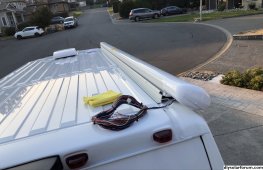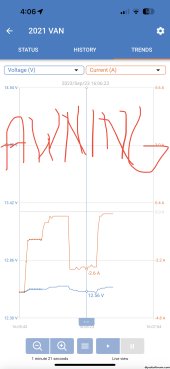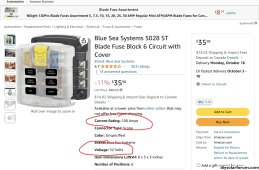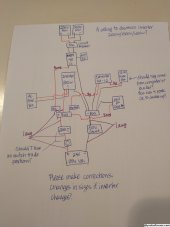RV8R
Solar Enthusiast
That’s not a mess of wires lol! Very clean looking, nice job!
When I remove the fridge next for some insulation upgrades, I’ll get some photos of our literal mess of wires. And some after photos once I clean them up. We spent 8 weeks of every after work minute and weekends doing major upgrades, including insulation, new flooring and completely redoing the solar system. I literally finished the electrical a couple of hours before my wife took off for a long trip and didn’t have time to tidy the wiring. But at least it all works!
Thanks;
Our Roof ,,, as little as possible up there, as built to travel far and fast as efficiently as practical;

FYI ,,, I prewired for the awning, only to find out it comes with a wiring harness ? sometimes these things are not apparent until the purchase. Spec also stated a 20 amp fuse ,,, Here is the increased draw from 0.2 amps when I have the awning motor running

I wired for worse case scenario & if I had the info, I would not have 10 gauge ,,, oh well






